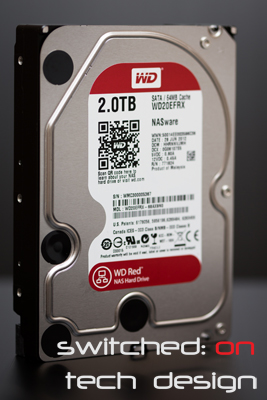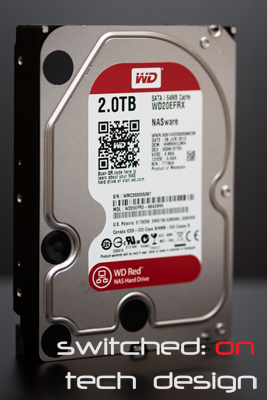Today we are looking at a new line of drives from Western Digital – the Se range. Click through to read our review of the baby of the new line – a 2TB drive…
Today we are looking at a new line of drives from Western Digital – the Se range. Click through to read our review of the baby of the new line – a 2TB drive…
On Seagate drives you may see a Date Code – e.g. 07466. What does it mean?
Simply put, it’s in the format of YY:W:D, or YY:WW:D, where Y is year, W is week and D is day of week.
The year is fairly self-explanatory; the weeks aren’t measured from January, though, they are from the start of the financial year – e.g. July 1st, and they begin on the first Saturday after that date. The days figure is how many days from the beginning of the week the drive was manufacturered; the weeks are considered to start on Saturdays and run through to Fridays!
One wonders why they don’t simply put the date! In the case of the example above the drive was manufacturered on the 21st May 2007.
As a follow-up to our review (found here), we’ve finally finished testing the new Red drives and compared them to the equivalent Green drives.

Up until now Western Digital have separated their hard drive lines into three; Blue for consumer drives, Green for low-power drives and Black for performance. This has now been expanded with a fourth colour added to the stable; the WD Red NAS hard drive range. Western Digital tout these as being designed specifically for the usage patterns typically seen in a network-attached-storage (NAS) device – generally 24/7 operation, potentially poor ventilation and the likelihood of being in a RAID array of some description for mass media storage.

WD have announced a new line of drives specifically designed for 24/7 home and small business network-attached-storage use – dubbed the Red Series. Initial release information suggests improved power consumption across the board as well as improved performance and modifications to make them more suitable for constant use. The vibration compensation is quite interesting – 3D Active Balance, to use their term – and there is also mention of intelligent error recovery to prevent the drive dropping from a RAID controller.
You can read more about the drives here. Our testing unit is in-house and we should have some numbers soon!